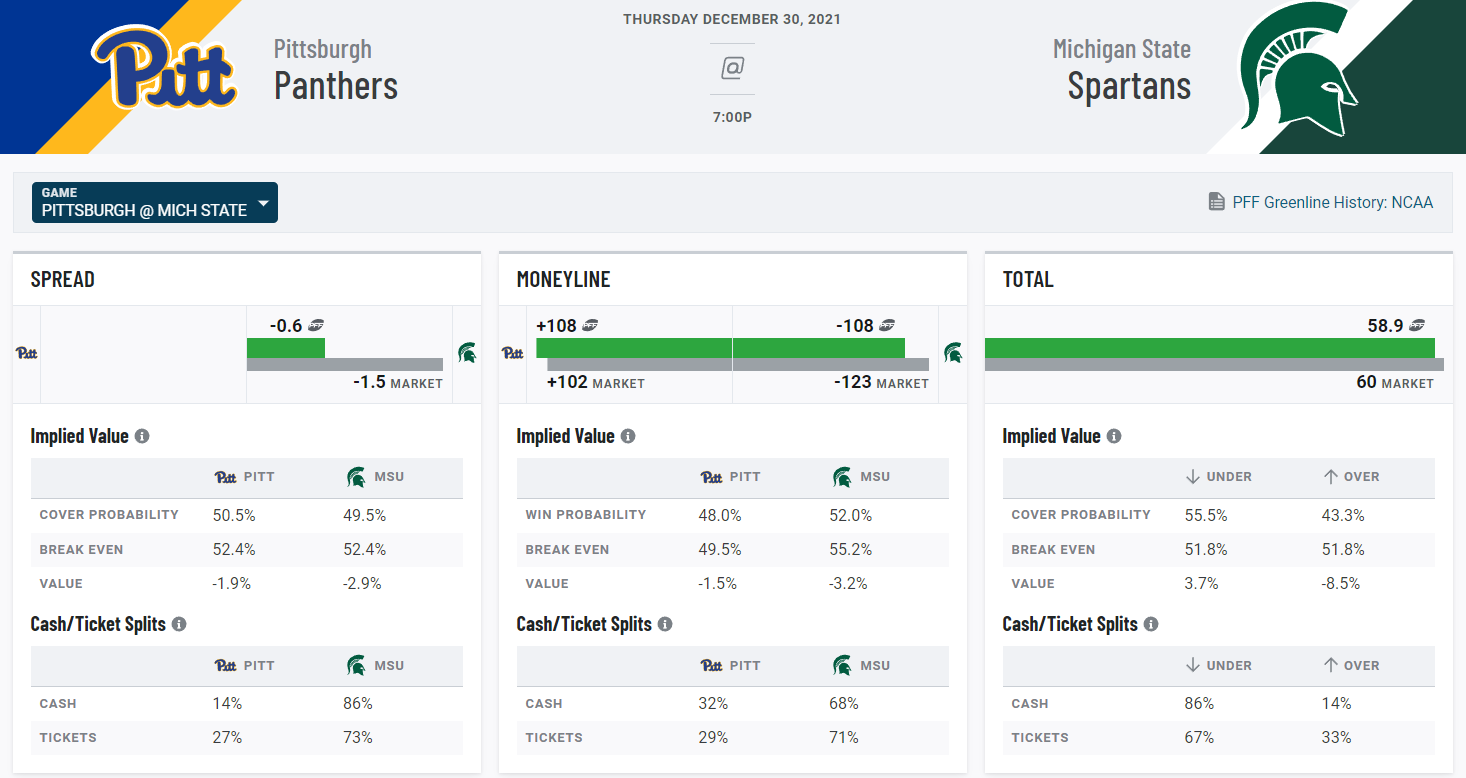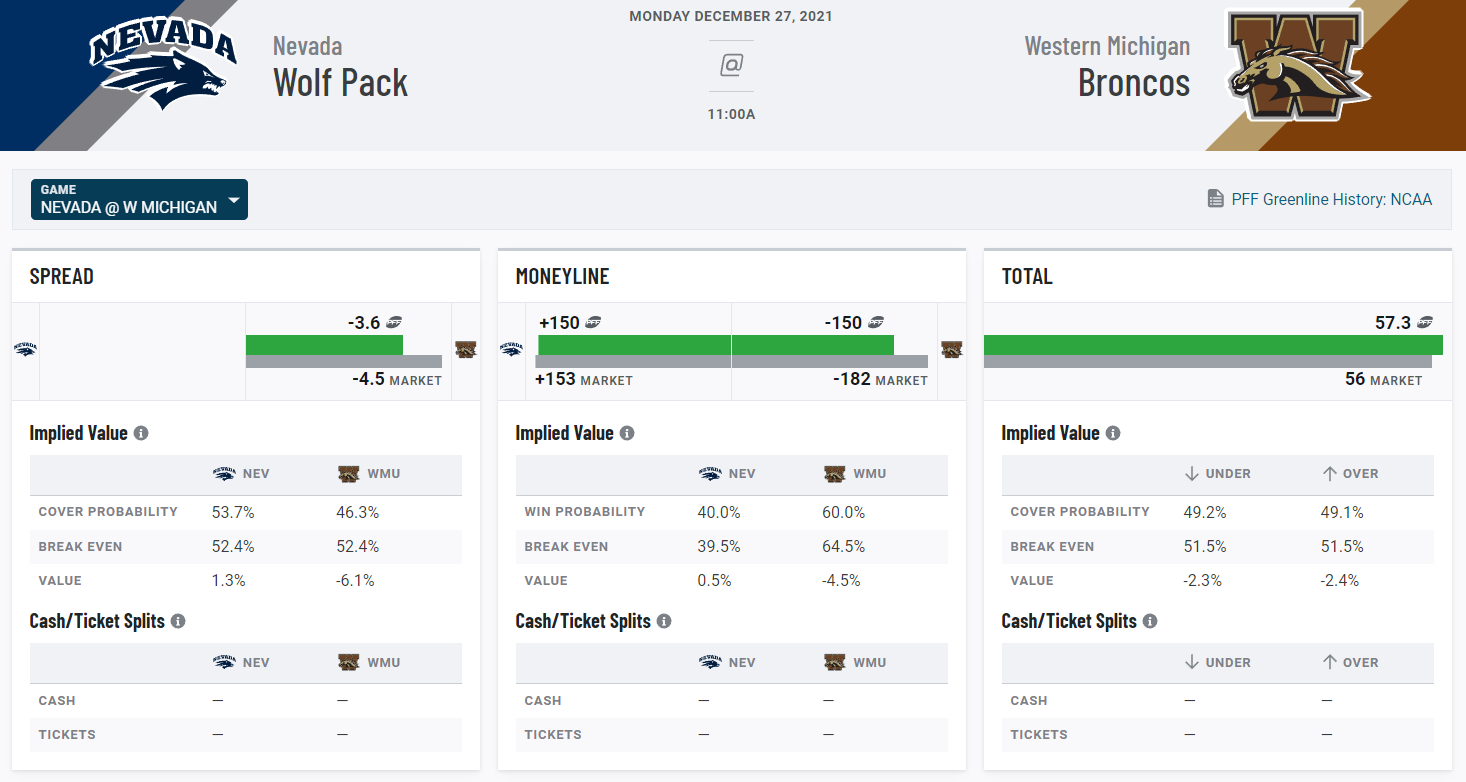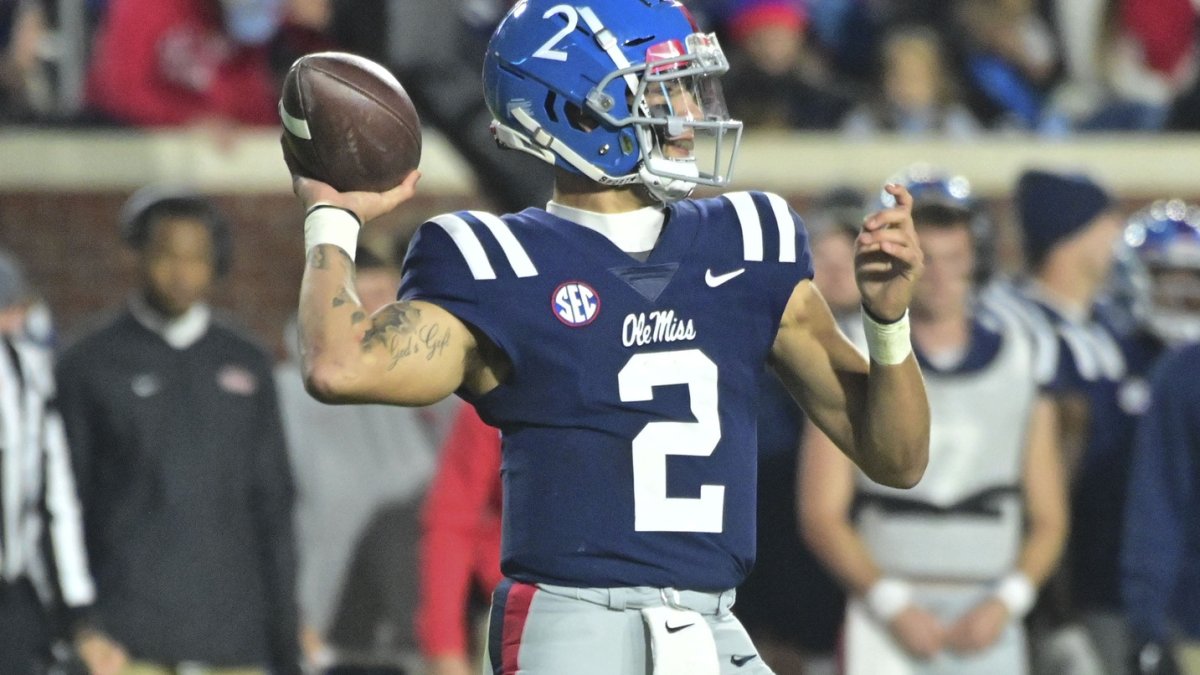The 2022 NFL Draft is short on highly touted quarterbacks, especially compared to the 2021 class. PFF has ranked at least two signal-callers within its top 10 prospects for every draft class since 2018, yet the highest-ranking quarterback thus far for 2022 is at just No. 16 overall — Ole Miss‘ Matt Corral.
While the class will likely produce at least one successful passer, there is little reason at the moment to believe any one quarterback is head and shoulders above the rest. This leaves us with an interesting problem: How do we differentiate the six top prospects?
Click here for more PFF tools:
Rankings & Projections | WR/CB Matchup Chart | NFL & NCAA Betting Dashboards | NFL Player Props tool | NFL & NCAA Power Rankings
K-Means clustering can help us answer this question. This process allows us to identify similar groups of players given an arbitrary number of data points. We can then interpret these groups to try and glean some information about what their strengths and weaknesses may be at the next level. For this exercise, we will be clustering the top six quarterbacks in the 2022 class with the help of Benjamin Robinson’s Expected Draft Position, which is based on all currently available mock drafts and is historically accurate.
In no order, they are: Corral, Pittsburgh‘s Kenny Pickett, North Carolina‘s Sam Howell, Cincinnati‘s Desmond Ridder, Liberty‘s Malik Willis and Nevada‘s Carson Strong.
We’ll be clustering these passers with all other drafted FBS quarterbacks from 2015-2021 and other quarterbacks expected to be selected in 2022, giving us a sample of 89 signal-callers. They’ll be clustered according to three categories: scheme, rushing production and passing production.
Scheme will take a 10,000-foot view and focus upon things such as personnel grouping usage, passing rates, RPO rate, screen rate and play-action rate, among a smattering of other variables. Rushing production focuses on missed tackles forced, explosiveness, rushing yards over expected (RYOE), as well as style measures — such as how often they scrambled. Passing production primarily looks at measuring accuracy via completion percentage over expectation (CPOE) in various sections of the field, and it captures some sense of style in their pressure rate and turnover-worthy play rate. Garbage time was removed for this analysis.
Matt Corral, Ole Miss Rebels (PFF QB1, #16 Overall)
Scheme: Easy Buttons
Rushing Production: Rushing Threat
Passing Production: Accuracy Issues
Lane Kiffin’s Ole Miss offense heavily benefited Corral, giving him plenty of free production with a heavy dose of RPOs, screens and play action. This is similar to the offenses of other recent successful college football quarterbacks, including Baker Mayfield, Mac Jones and Trevor Lawrence in a macro sense.
Unfortunately, his accuracy numbers do not align well with this. At every distance bucket, he is within the bottom 20 CPOE marks in the sample. Part of this could be a function of his offense, as 52% of his passes came within five yards of the line of scrimmage, which depresses his sample size in the other buckets. Even so, his accuracy numbers are reason for concern and should probably be the central focus of his film study.
Less concerning are his ground game numbers, as he is grouped with the best rushers we’ve seen come out of college football in recent years. His athletic profile, not included in this study due to a lack of uniform combine numbers, appears to suggest he won’t reach Lamar Jackson or Justin Fields heights. But he still ought to be a viable rushing threat in the NFL.
Interestingly enough, his statistical profile closely resembles Justin Herbert, despite their vast physical differences.

Kenny Pickett, Pittsburgh Panthers (PFF QB2, #20 Overall)
Scheme: Modernized Air Raid
Rushing Production: Statue
Passing Production: Lesser Field General
The Pittsburgh offense primarily relied upon short passes to star receiver and Biletnikoff Award winner Jordan Addison. While calling it a “modernized Air Raid” may rightfully raise some eyebrows, it shares some resemblance: plenty of five-man protections, lots of short passes and primarily functioning out of 11 and 12 personnel. The lack of minutia leads to some head-scratchers, such as grouping Pickett’s offense in with 2019 LSU’s, but nevertheless, he performed well.
His accuracy was well above average at all levels of the field. He also dealt with an average pressure rate, which is likely helped by the bevy of short passes but could also indicate quick decision-making skills. His accuracy numbers could also be inflated by throwing passes to the tremendous Addison.
Pickett did not offer much on the ground despite a respectable amount of designed runs called for him and a top-15 scramble rate. There are some concerns about his hand size, but he had an average fumble rate to help soothe some of those worries.
His statistical profile is similar to Dwayne Haskins as a prospect.
Sam Howell, North Carolina Tar Heels (PFF QB3, #31 Overall)
Scheme: Easy Buttons
Rushing Production: Rushing Threat
Passing Production: Short Success
Much like Matt Corral in a macro sense, the Tar Heels' offense made Howell’s life very easy by calling RPOs, screens and play action. Howell, however, has been a more accurate quarterback than the FBS average, unlike Corral. This is particularly clear at the line of scrimmage, where he’s in the top quarter of the sample. That, of course, could be inflated by his high RPO rate.
His accuracy in the other parts of the field was middling to below average, although he came into this season without all of his top targets from 2020 (WRs Dazz Newsome and Dyami Brown, RBs Javonte Williams and Michael Carter).
In 2021, he supplemented his passing production with a shockingly great rushing output, averaging 3.34 rushing yards over expectation per attempt. That marks the third-highest figure from a quarterback in this sample, trailing only Marcus Mariota and Lamar Jackson. Athletic testing numbers will sort out whether he can sustain this production in the NFL, but if nothing else, it is indicative he can be a reasonable threat to keep defenses honest on Sundays.
Interestingly, this makes Howell's statistical profile extremely similar to Lamar Jackson's, in addition to their carbon-copy physical profiles.
Related Content For You:
2022 NFL Mock Draft — Philadelphia Eagles select Ole Miss QB Matt Corral, Kansas City Chiefs snag USC wideout Drake London
via Austin Gayle
Desmond Ridder, Cincinnati Bearcats (PFF QB4, #35 Overall)
Scheme: Easy Buttons
Rushing Production: Mobile
Passing Production: Quick Trigger
Ridder played in an extremely helpful environment, just as Howell and Corral did. His accuracy profile is similar to Howell’s. Ridder's CPOE is excellent near the line of scrimmage, which is likely inflated by a heavy dose of RPOs, but it's either middling or below average in all other sections of the field.
His most notable trait as a passer, according to the algorithm, was his low pressure rate. Typically, this is an indicator of a quick processor who consistently makes correct decisions when dropping back. However, it is worth noting that Ridder played for the most talented Group of Five team and behind an offensive line that was routinely bigger and better than its opponents.
Ridder was particularly productive on the ground, handling many designed runs and generating a top-15 explosive rush rate. However, he did not cause enough missed tackles to be placed in the upper echelon of the sample.
Drew Lock shared similar aspects in his statistical profile upon leaving Missouri, although his offense asked him to stretch the field a tad more often than Ridder.
Malik Willis, Liberty Flames (PFF QB5, #38 Overall)
Scheme: RPO-Heavy
Rushing Production: Rushing Threat
Passing Production: Gambler
In some ways, Willis’ offense was kind to him, as he ran an RPO on nearly one-third of his snaps. However, he did not run screens or play action at the same rates as his contemporaries and was thus grouped separately. Even in this RPO-heavy scheme, his passing production was a mixed bag. He boasts strong short-field CPOE numbers, similar to the other RPO quarterbacks, but all of his other accuracies are well below average.
Additionally, he has a penchant for holding onto the ball too long, inviting pressure and throwing into tight windows. The latter resulted in a high turnover-worthy play rate. This suggests that he puts immense faith in his physical gifts, which is a very understandable position. There are just obvious issues with that play style.
On the ground, he is everything one could hope for from a signal-caller, staking claim to the title of “best rushing quarterback” in this class by a wide margin. The only issue is that he scrambles on over 30% of his dropbacks, the highest of any quarterback in the sample.
His statistical profile most closely resembles some combination of Josh Allen and Jalen Hurts as prospects.

Carson Strong, Nevada Wolf Pack (PFF QB6, #40 Overall)
Scheme: Modernized Air Raid
Rushing Production: Statue (No Fumbles Version)
Passing Production: Short Success
Strong’s offense aligns much closer with what one might label a “modernized Air Raid” than Pickett's, but they share some broad-stroke similarities. Strong is easily the most accurate quarterback in the class. He was placed into the same category as Howell due to having the seventh-highest CPOE on underneath passes in the class, but unlike Howell, all of his other accuracies check out within the top 20 of the sample. The sole exception to this is his accuracy in the 6-10 air yards bucket, which is likely just a sample size issue — only 18.2% of his passes were in that area of the field.
Strong is largely a non-factor in the run game, where his biggest positive is that he doesn’t fumble the ball very often. His statistical profile resembles Cody Kessler as a prospect, but his deep passing numbers are leagues better than Kessler's, so it is not a terribly accurate comparison.



 © 2025 PFF - all rights reserved.
© 2025 PFF - all rights reserved.